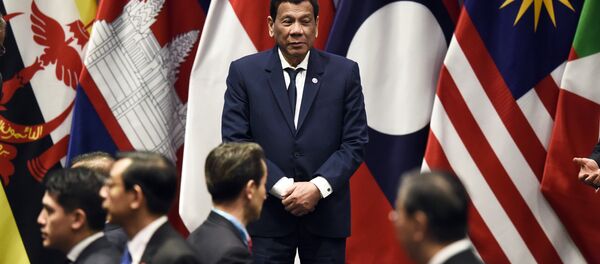Kristian Rouz — Economists at the British multinational bank Standard Chartered forecast the 2020s to be the 'decade of Asia', as several prominent economies in the region are expected to grow at a pace exceeding 7 percent per year over the coming years.
READ MORE: Lavrov Welcomes EEU-ASEAN Integration, Says New FTAs are in the Works
The analysts say five of the seven quickest-growing economies in the next decade are in Asia, suggesting international investment flows could pivot to the lucrative Asian markets as well.
A quicker economic expansion in Asia and Sub-Saharan Africa could solve many problems that have plagued these regions for decades.
"Higher incomes resulting from faster growth also usually reduce socio-political instability and make it easier to introduce structural reforms, creating a virtuous cycle," Standard Chartered's experts said in the report.
Despite a similarity in growth expectations for the next decade, the patterns of GDP expansion in aforementioned economies vary country-to-country. In Myanmar, the government has yet to undertake comprehensive reforms aimed at developing the services sector and attracting foreign direct investment (FDI).
READ MORE: Bank of Japan Mulls Downgrading GDP Outlook, Gov't May Delay Sales Tax Hike
In Vietnam, a greater degree of transparency and openness to international business would be a desirable pre-requisite, while Bangladesh and the Philippines are expected to enjoy the ongoing expansion in export-reliant manufacturing.
Meanwhile, India has to resolve the issues related to central bank independence, and improve effective household incomes to spur expansion in its domestic consumer market.
"Faster growth not only helps to lift people more quickly out of absolute poverty, but is also usually accompanied by better health and education, as well as a wider range of — and better access to — goods and services," Standard Chartered's report reads.
Additionally, near-term risks — such as international trade tensions, swings in global energy prices, and subdued investor sentiments — could also drag on the pace of GDP expansion across Asia.
According to a separate report from the ASEAN+3 Macroeconomic Research Office (AMRO), overseas risks, including trade, as well as heightened inflation, and a rapid credit expansion over the past few years pose risks to financial and macroeconomic stability in Asian economies.
"Monetary conditions have tightened, but credit continues to expand," AMRO said in its report. "Credit growth is anticipated to remain elevated, but as real borrowing costs start to rise, it is likely to moderate."
However, experts at Standard Chartered point out that a faster economic growth has also driven savings and investment rates across Asia, with the '7-percent club' members having savings-to-GDP ratios of at least 20-25 percent. This might offset the risks posed by credit expansion.
Overall, economists at both Standard Chartered and AMRO agree that the risks facing Asian economies are gradually moderating, which could indeed result in quicker growth across the region throughout the next decade.






